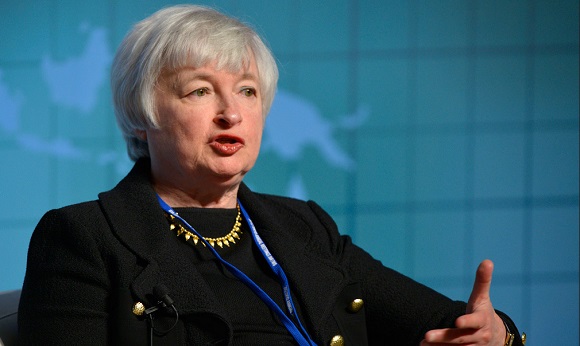Over the past few weeks, the likelihood of a December rate hike by the Federal Reserve Bank has grown substantially. Both economic data and hints from a number of Federal Reserve policymakers now point towards a December rate hike and now on Wall Street 70% of investors polled believe a rate hike in December is possible. So let us take a look at the data and what Fed officials are saying that is making investors believe a hike is coming.
Data
One of the most compelling data points is the October jobs number. Expected to come in at 185,000, but blew that figure out of the water when actually coming in at 271,000. The unemployment rate fell to 5%, from 5.1% and average hourly earnings rose 0.4% for the month. Furthermore, the increase in pay on a year-over-year basis was 2.5%, the highest increase the jobs market has seen since July 2009. Continue reading "Fed Watch: December Rate Hike Likely Based on Fed Official's Language"





